On the northern outskirts of Berlin in Tegel, a small stream flows through one of the city’s most beautiful nature reserves – the Tegeler Fließtal. A hiking trail runs along the watercourse, attracting recreation-seekers especially on weekends.

The Tegeler Fließtal
The Tegeler Fließ is fed by two small headwater streams in Brandenburg. These join in Mühlenbecker See in Brandenburg and then flow through Mühlenbecker Land and the community of Glienicke/Nordbahn. Here, the small stream separates Brandenburg and Berlin.
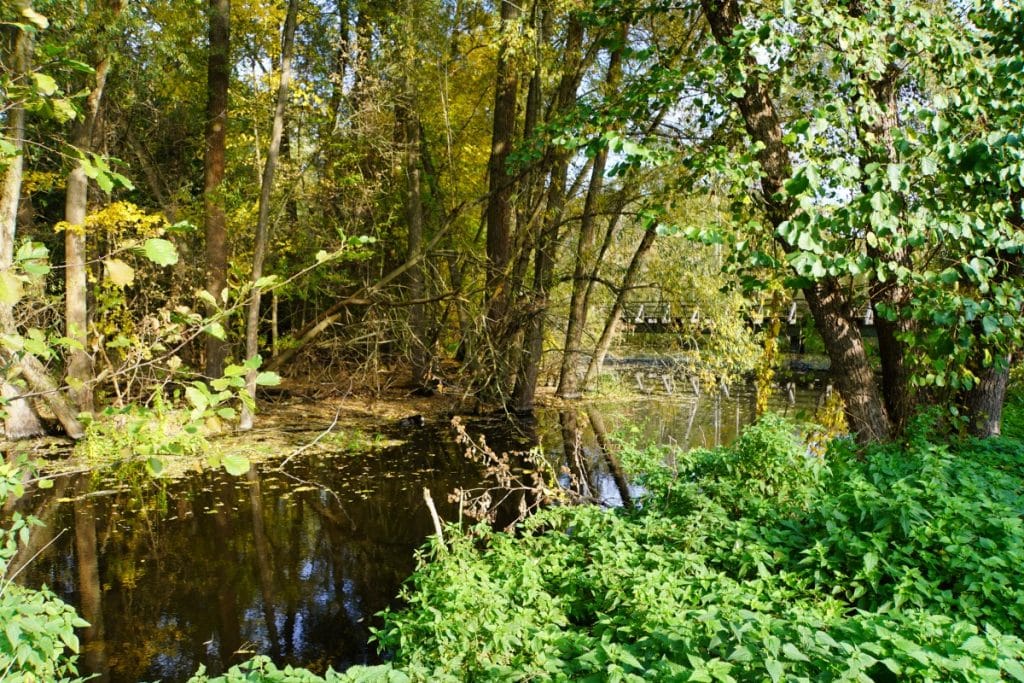
In Berlin, the stream runs through Hermsdorf and Waidmannslust until it finally flows into the Havel. The stream runs for almost 15 kilometers in the Berlin city area and is crossed by many bridges, such as the Sechserbrücke in Tegel and wooden footbridges in the nature reserve. Hiking trails crisscross the nature reserve and invite you to discover a beautiful spot of nature in the Berlin metropolis.
Emergence of the natural landscape
The Tegeler Fließtal is a remnant of the last ice age. It is a meltwater channel formed under the glacier, which continued to exist as a stream after the glaciers melted. Due to the abundance of fish and the adjacent forests, many settlements later developed on the sand ridges near the flow.

Around 1450, water mills were built in Schildow and Tegel, which led to water regulation and subsequent moorland in the river valley. In the 19th century, peat was cut and clay was mined in the Tegeler Fließtal. Later, the water from the Rieselfelder fields was diverted into Lake Tegel. At that time, the entire area was heavily contaminated with nutrients and pollutants. The area only recovered and dried out somewhat with the end of the trickling in 1985.
Hike in the Tegeler Fließtal
Today, the natural course of the stream characterizes the landscape. A complex habitat for animals and plants has been created. For example, one can find wet and fresh meadows, ponds, lakes, dry areas and siltation zones. Deadwood trees provide additional habitat for many animal and plant species. The area with the species-rich water vegetation and the different meadow landscapes is under nature protection.

The Tegeler Fließtal is also home to countless insect species, some of which are threatened with extinction. When the meadows begin to bloom, the Tegeler Fließ is buzzing and buzzing incessantly.
The stream is quite rich in fish today. 17 different fish species (in Berlin there are a total of 29 fish species) live here. For example, you can discover roach, eel, pike, carp and zander there. Eleven different species of amphibians and reptiles creep and crawl through the area and bird lovers have the opportunity to discover numerous birds here. Some of them are, for example, the whinchat, the kingfisher, reed warbler, black kite, various species of woodpeckers and the honey buzzard.
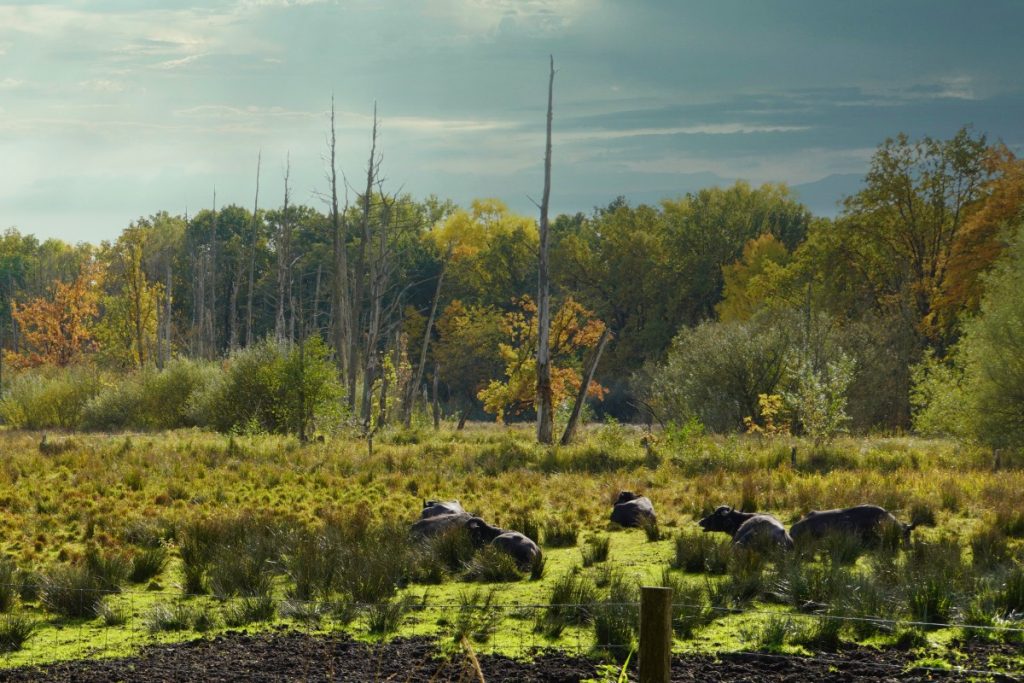
If you look closely, you can also spot otters and, with a bit of luck, the water shrew in the Tegeler Fließtal. Since 2015, water buffalo have been grazing in the marsh grasslands. The grazing area is 19 hectares and sometimes you have to be lucky if you want to see the herd.

I find the area between Hermsdorf and Lübars particularly beautiful, where the unspoiled stream meadow landscape has been preserved. Here the Eichwerdersteg, a wooden plank footbridge, leads through the area. On boards you can learn a lot about nature.

Hiking route
We have now explored the Tegeler Fließtal several times on hikes and walks of varying lengths. No matter what time of year, it is always amazing how beautiful nature is there.
I have recorded the route on the map. The path is relatively flat and is very easy to walk. It is also possible to choose other start and finish points and thus customize the route.

We like to start near the Waidmannsluster Dam. Behind some residential buildings, a hiking trail runs through the Fließtal. You pass by the water buffaloes and finally reach the Berliner Damm after crossing under the S-Bahn line.

The hiking trail continues on the other side of the road. It leads past the Hermsdorfer See lake and up to the Ziegeleisee lake, where the open-air swimming pool is located.

After crossing the road, after a few 100 meters you reach the wooden plank walkway with its nature trail.


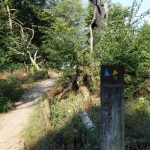





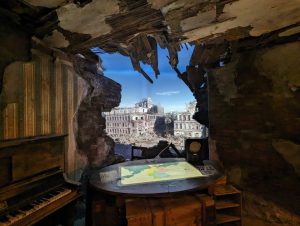






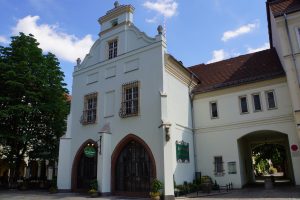

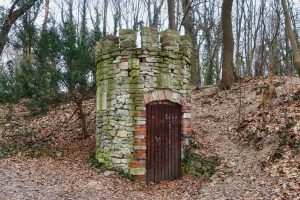
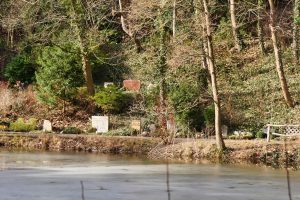
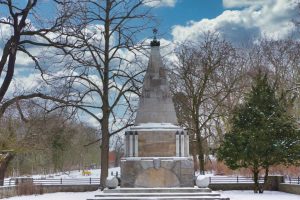




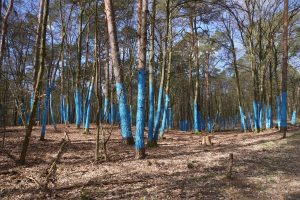




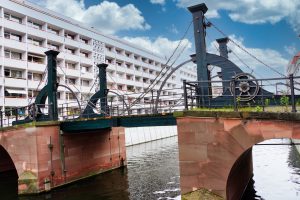
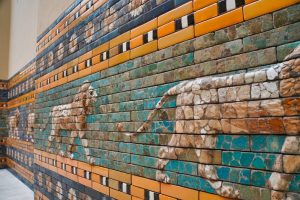



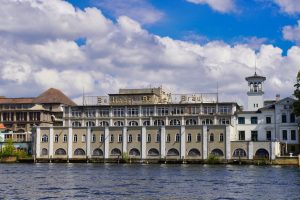









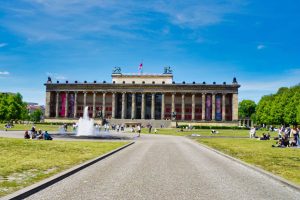





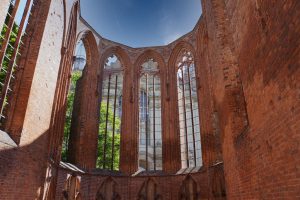

































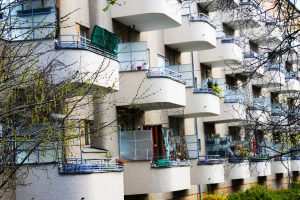










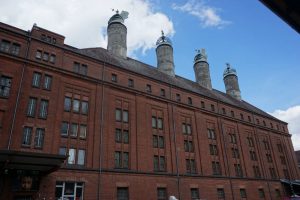





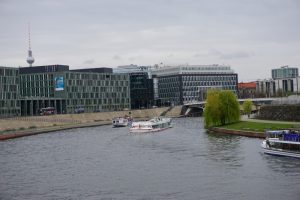
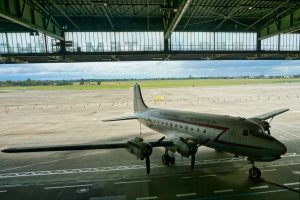



























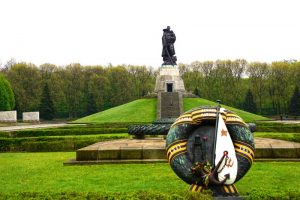














Leave a Reply